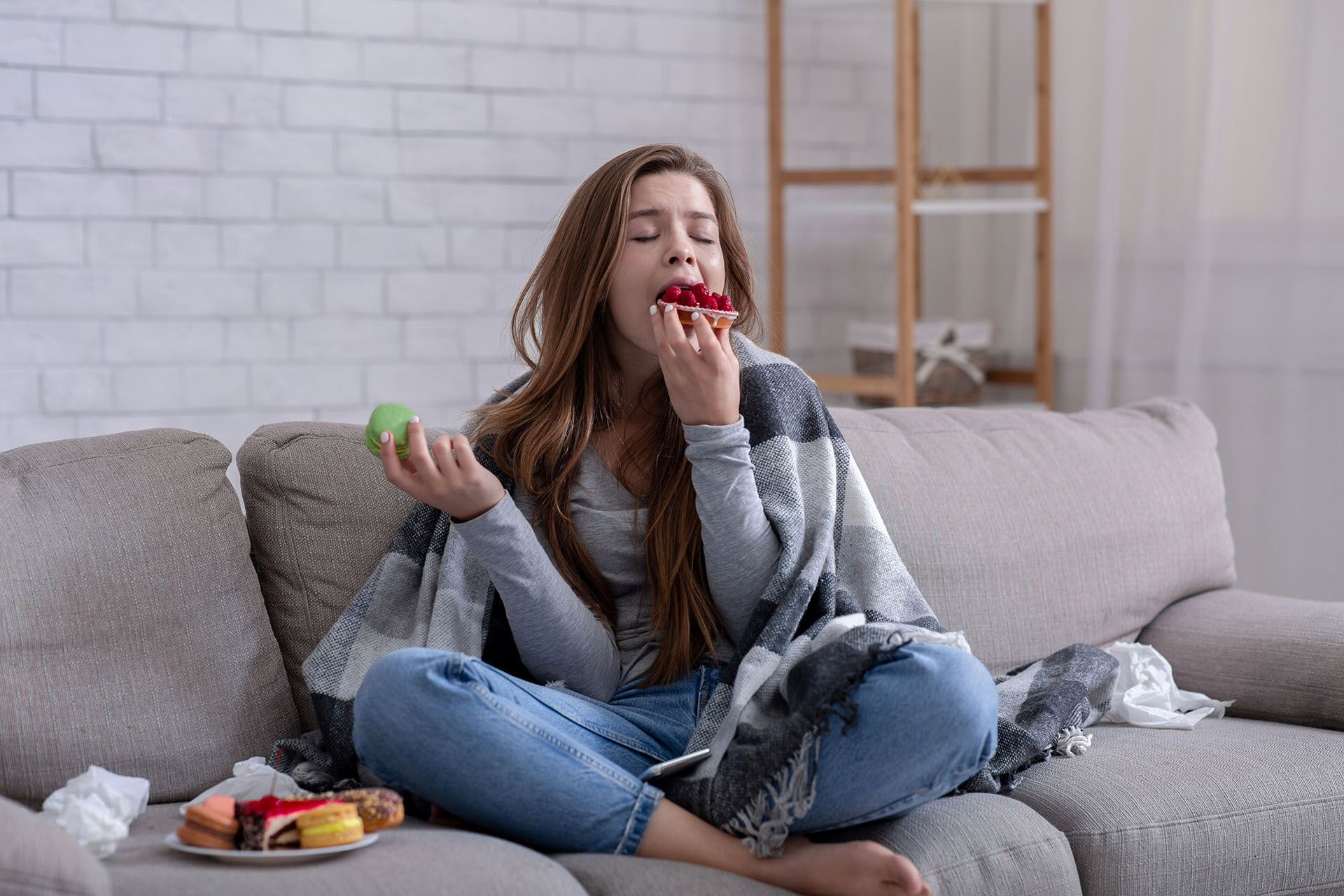Building Healthy Eating Habits: A Science-Based Approach
We all understand healthy eating, but it's often easier said than done. This blog post aims to demystify the science behind our dietary habits, offering practical strategies for healthier eating. No, I'm not a diet perfectionist, but my behavioural psychology and habit formation expertise has provided me with straightforward methods for developing and fortifying a healthier eating routine.
Delving into the Science of Healthy Eating
While many dieticians and health gurus focus on what to eat, let's take a different approach by exploring why we eat the way we do and how we can transform our eating habits. This guide will provide the science and strategies you need to achieve your desired results.
There's no doubt that proper nutrition offers a plethora of benefits. Improved energy levels, better health, and increased productivity are just some advantages of a good diet. Healthy eating is also crucial in maintaining a healthy weight, thus reducing the risk of several health issues such as type 2 diabetes, certain cancers, heart problems, and high blood pressure, among others. Of course, we can't ignore the role of genetics in our health, but let's focus on what's within our control—our eating habits.
But why is it so hard to adhere to despite the evident benefits of healthy eating? We first need to understand why we crave junk food to find the answer.
Understanding Our Cravings for Junk Food
For the past two decades, food scientist Steven Witherly has been studying what makes some foods more addictive than others—his report, "Why Humans Like Junk Food," offers profound insights into our eating behaviours.
According to Witherly, our pleasure in eating tasty food comes from two aspects.
The Sensation of Eating
The first aspect is the sensation of eating the food, which encompasses its taste, smell, and mouthfeel—referred to as "orosensation". It's fascinating how food companies invest millions in discovering the perfect crunch level in a potato chip or the ideal amount of fizz in a soft drink, all to provide a sensory experience that our brains associate with specific foods or drinks.
The second aspect is the macronutrient composition of the food with the blend of proteins, fats, and carbohydrates it contains. Junk food manufacturers aim for the perfect balance of salt, sugar, and fat that will keep you reaching for more.
How Food Scientists Trigger Our Cravings
Food scientists and manufacturers employ a variety of tactics to make their products more addictive.
Dynamic Contrast
One such strategy is dynamic contrast, which refers to a mix of different sensations in the same food. Witherly describes foods with dynamic contrast as having "an edible shell that goes crunch followed by something soft or creamy and full of taste-active compounds." This unique contrast is found in many of our favourite foods, such as creme brulee, pizza, or an Oreo cookie, and our brain finds the experience incredibly satisfying.
Salivary Response
Salivation plays a significant role in our eating experience, as the more food makes you salivate, the more it covers your taste buds, enhancing its flavour. Foods that promote salivation—like emulsified foods including butter, chocolate, salad dressing, ice cream, and mayonnaise—tend to taste better.
Rapid Food Meltdown and Vanishing Caloric Density
Foods that melt quickly in your mouth trick your brain into thinking you're not consuming as many calories as you actually are. Consequently, regardless of the calorie content, your brain never signals that you're full.
Sensory-Specific Response and Calorie Density
Your brain craves variety, and you derive less pleasure when you repeatedly experience the same taste. However, junk foods are engineered to evade this sensory-specific response by providing enough flavour to remain interesting but not so stimulating that your sensory response is dulled.
The Power of Past Eating Experiences
The psychobiology of junk food is insidious. When you eat something tasty, your brain registers that feeling. The next time you encounter that food—seeing, smelling, or even reading about it—your brain triggers the memories and responses from your past eating experience, even eliciting physical responses like salivation.
When all these factors align, it's no surprise that processed food becomes irresistible. Maintaining a healthy diet can become a real challenge with the high availability of cheap fast food.
How to Eat Healthy: Subtle Strategies that Work
Cornell University professor Brian Wansink, well-known for his studies, provides several practical strategies in his popular book, "Mindless Eating." Here are some of his most effective tips to leverage choice architecture for healthier eating:
Plate Size Matters
Choose smaller plates to control portion sizes. According to a study by Wansink's research team, switching from a 12-inch dish to a 10-inch one could reduce your food intake by 22% over a year.
The Color Contrast Principle
Using plates that contrast highly with your food can help control portion sizes. When the colour of your plate matches your food, your brain struggles to distinguish the portion size, potentially leading to overeating.
Make Healthy Foods Accessible
Keeping healthy foods in prominent places encourages more nutritious eating habits. For instance, placing a bowl of fruits or nuts near the front door makes it easier to grab a healthy snack when you're in a rush.
Conceal Unhealthy Foods
The adage, "out of sight, out of mind," holds true when it comes to unhealthy food. Storing them out of sight reduces the likelihood of consuming them.
Packaging Sizes
Storing healthy foods in larger containers and unhealthy ones in smaller ones can influence your eating habits. A smaller package of an unhealthy snack will limit the quantity you consume in one sitting.
While these tips may not transform your eating habits overnight, they can certainly guide you toward healthier eating. Remember, the goal isn't to achieve a perfect diet but to make small, consistent changes that add up over time.
In Closing: Unlocking the Power of Hypnosis and Therapy for Weight Loss
Healthy eating and understanding the science behind our cravings are fundamental to achieving and maintaining a balanced weight. But, sometimes, even the most practical strategies might prove ineffective due to underlying psychological barriers. That's where hypnosis and therapy can become potent tools in your weight loss journey.
Hypnosis: A Mindset Revolution
Hypnosis is often associated with stage acts and magic shows, but it's therapeutic. Hypnosis can help modify behaviour by getting the mind into a highly focused and suggestible state. Regarding weight loss, hypnosis can help address underlying subconscious issues behind unhealthy eating habits.
For instance, emotional eating, which often contributes to weight gain, can be due to unresolved issues or habits developed over the years. One can delve into the subconscious through hypnosis and replace these negative tendencies with more positive and healthful responses.
Furthermore, hypnosis can also be effective in strengthening self-control and determination, which are essential in sticking to dietary guidelines and exercise regimes.
Therapy: The Power of Insight and Support
Therapy, particularly cognitive-behavioural therapy (CBT), is another effective method for those struggling with weight loss. Therapy provides a safe space to explore and understand the emotional and psychological aspects of eating. It helps individuals recognise the triggers and thought patterns that lead to unhealthy eating habits.
Moreover, therapy can help build coping strategies for stress, which is often a significant contributor to overeating and obesity. By managing stress more effectively, individuals can make more conscious choices regarding their diet and lifestyle.
Combining therapy with hypnosis can even enhance the benefits. For example, after using hypnosis to align the subconscious mind with weight loss goals, therapy can be utilised to reinforce these new patterns through conscious effort and practical strategies.
A Holistic Approach to Weight Loss
In conclusion, while understanding the science of healthy eating and employing practical strategies are crucial, more is needed. Hypnosis and therapy can address the psychological aspects of weight management, helping individuals overcome barriers that may have held them back for years.
If you're on a weight loss journey and seeking a personalised approach, consider contacting Inspired Mindset in Canberra. We specialise in combining hypnosis with therapy to provide a tailored experience in weight management. What's even more convenient is that if you're not local to Canberra or residing interstate or overseas, Inspired Mindset offers online therapy sessions. This ensures that you can access our expert hypnosis techniques and guidance no matter where you are. Engaging with Inspired Mindset can be a transformative step in your weight loss journey, harnessing the power of hypnosis and therapy to reach your goals.


















